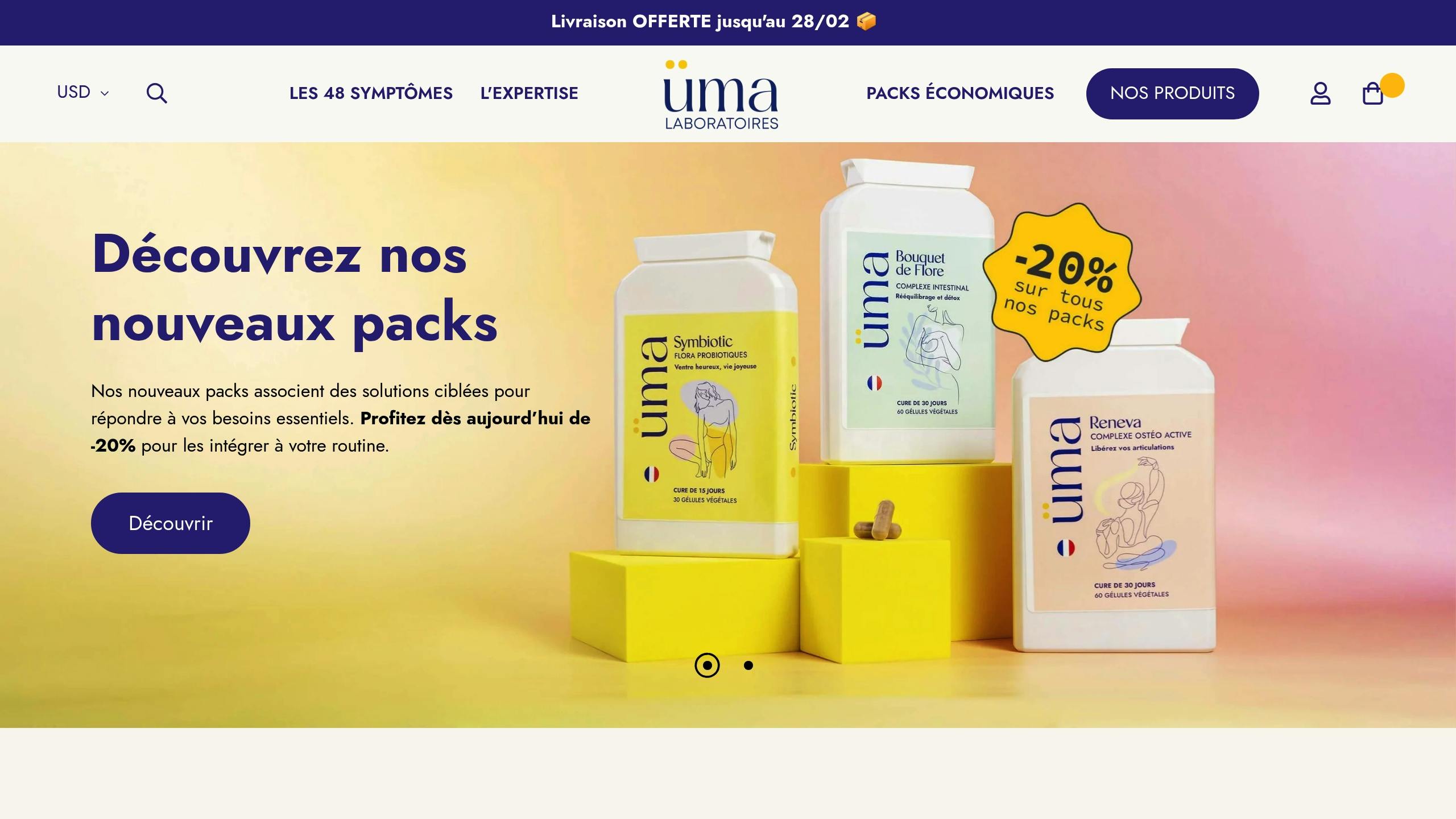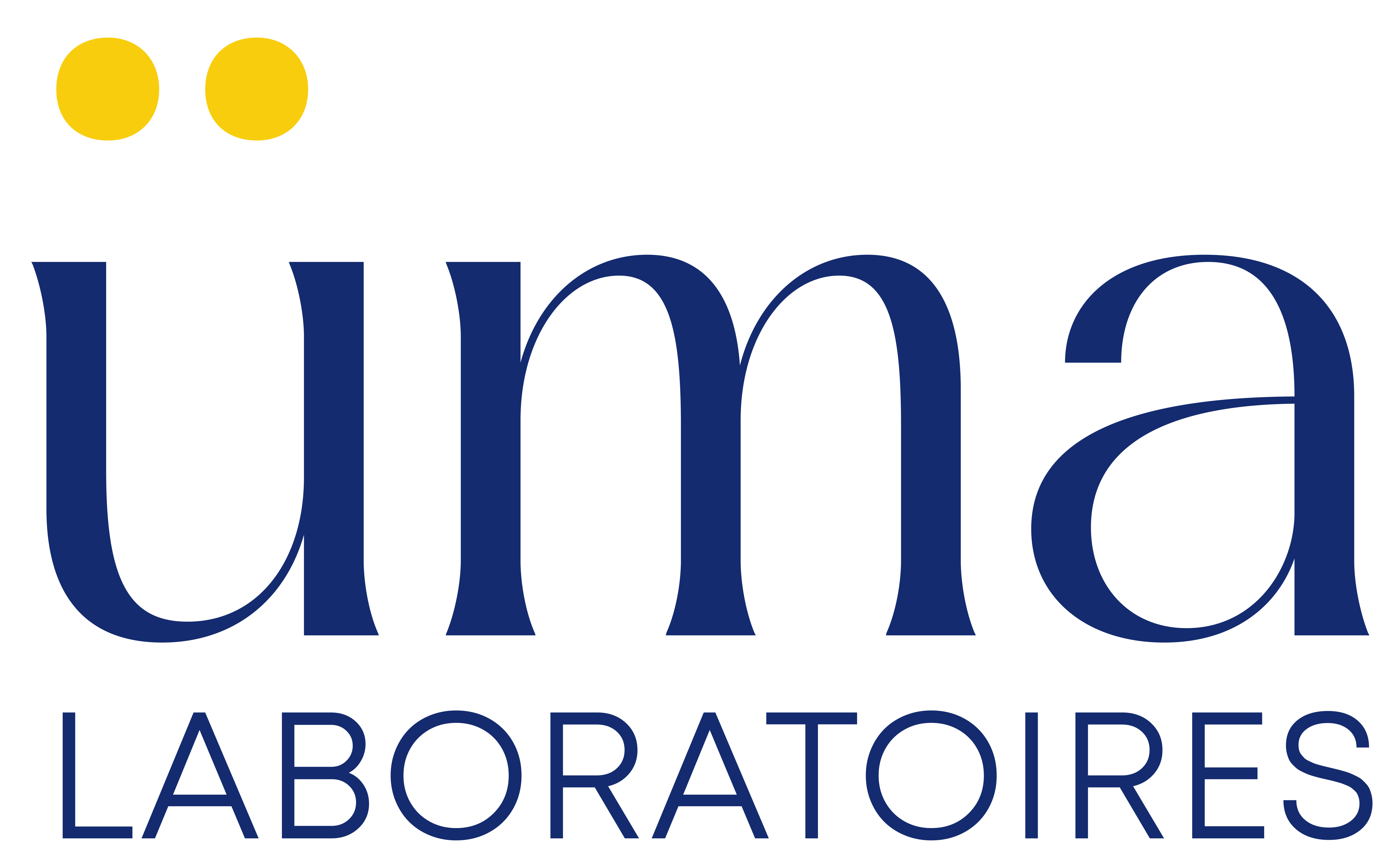Visualization, or guided imagery, is a simple and natural method that helps reduce joint pain, especially during menopause. It works by decreasing stress and inflammation levels, while improving mobility. Here are the essential points to remember:
- Why menopause impacts the joints: The drop in estrogen increases inflammation and the risk of osteoarthritis.
-
Benefits of visualization:
- Reduction of cortisol (stress hormone),
- Improvement of joint mobility,
- Less dependence on anti-inflammatory medication.
-
Simple techniques to practice:
- Visualize a light that takes away pain,
- Practice the body scan to release tension,
- Imagine a calming landscape to reduce stress.
- Recommended daily routine: 10 minutes per day in a quiet space, combined with other practices such as meditation or an anti-inflammatory diet.
Practical tip: Create a dedicated space with soothing colors, essential oils, and gentle music to maximize the effects.
In addition, natural products such as Reneva® from Laboratoires üma can support your joints thanks to ingredients such as turmeric, MSM, and glucosamine. When practiced regularly, visualization combined with these natural solutions can transform your daily life.
Joint pain and hormones during menopause
Impact of hormones on joints
Menopause causes hormonal changes that directly influence joint health. The decrease in estrogen levels leads to several effects on the body, including:
- An alteration in the function of muscles and tendons
- A decrease in bone density
- An increase in inflammation
The main female hormone, estrogen, protects the joints and reduces inflammation, but when estrogen levels drop during menopause, inflammation can increase, the risk of osteoporosis and osteoarthritis may rise, and the result can be painful joints.
Symptoms of joint pain during menopause
More than half of middle-aged women experience musculoskeletal symptoms during this period, with joint pain being among the most common.
Catherine Crider, women's health specialist, explains:
Estrogen helps protect the joints and reduce inflammation. It also affects the function of muscles, tendons, and ligaments. Having the right balance of estrogen is necessary for optimal joint performance.
Here are the main symptoms to watch out for:
| Symptom | Manifestation |
|---|---|
| Limited mobility | Reduction in the amplitude of movements |
| Joint noises | Cracking sounds during movement |
| Stiffness | Especially in the morning or after inactivity |
| Inflammation | Visible swelling of the joints |
| Radiating pain | Painful sensations that spread |
To alleviate these symptoms, favor a combined approach: moderate physical activity, an anti-inflammatory diet, and regular hydration. A 10% weight loss can also improve joint mobility and reduce pain, particularly in the knees. These natural methods, such as visualization, can also play a role in pain management.
Visualization to relieve pain
Relief through mental practice
Visualization, also known as guided imagery, uses the connection between the body and the mind to reduce joint pain. A clinical study conducted in 2015 revealed that it could reduce pain, improve mobility, and decrease the reliance on non-steroidal anti-inflammatory drugs (NSAIDs).
Guided imagery helps the body lower stress hormone levels, particularly cortisol. By mastering this practice, you might rely less on medications for acute pain or sleep better without sleeping pills.
This natural method fits perfectly into a holistic approach to managing pain associated with menopause. Here are five concrete techniques to incorporate this practice into your daily routine.
5 visualization techniques to soothe pain
The exercises below have demonstrated their effectiveness in reducing joint pain:
| Technique | Description | Main advantages |
|---|---|---|
| The ball of light | Imagine the pain as a luminous sphere drifting away from your body | Immediately reduces the sensation of pain. |
| The body scan | Mentally scan each part of the body while breathing deeply | Progressive release of muscle tension |
| The transformation | Mentally change the shape, size, or color of the pain. | Allows you to regain control over pain |
| The Liberating Expiration | Visualize the pain that escapes with each exhalation | Reduces stress and tension |
| The calming landscape | Imagine a peaceful place by engaging all your senses | Reduces cortisol and anxiety |
For best results, practice these exercises for 10 minutes a day in a quiet place. These techniques complement other natural methods, such as deep breathing or meditation, to improve joint health and overall well-being.
Daily visualization steps
Set up your practice space
To fully benefit from your visualization sessions, it is important to create an environment that fosters relaxation. Here are some ideas for organizing your space by engaging your different senses:
| Sense | Elements to be integrated | Expected effects |
|---|---|---|
| View | Soothing colors (blue, green), natural light | Encourages calm and improves concentration |
| Sense of smell | Diffused essential oils (lavender, citrus) | Reduces stress and anxiety |
| Hearing | Nature sounds or gentle music | Helps to immerse oneself in practice |
| to touch | Soft cushions, pleasant fabrics | Ensures a comfortable posture |
| Taste | A relaxing herbal tea before the session | Promotes immediate relaxation |
"Creating a space dedicated to meditation at home, whether it’s an entire room or just a small corner in a bedroom, can help you achieve the optimal mindset for meditation," explains an expert from Relax The Back.
Once this space is well arranged, it becomes easier to integrate other complementary practices.
Combine visualization with other methods
A well-prepared framework can be enriched by additional techniques. A 2015 study revealed that combining several approaches effectively reduces joint pain and limits the use of anti-inflammatories.
Here are some ideas to incorporate visualization into your daily routine:
- In the morning : Practice 10 minutes of visualization accompanied by deep breathing.
- Before the sport: Add a visualization session during light stretching.
- The evening : Combine visualization with mindfulness meditation.
To track your progress, rate your pain on a scale from 0 to 10 before and after each session. This will help you adjust your practice over time.
These daily exercises are part of a comprehensive approach aimed at improving mobility and alleviating joint inflammation.
Related video from YouTube
Other benefits of visualization
Visualization is not limited to pain management. It can also bring other benefits to your overall well-being.
Better quality sleep and reduced stress
A study conducted in 2015 among elderly individuals revealed that practicing visualization daily improves sleep quality and reduces nighttime interruptions.
This practice also affects the body's stress hormones. A study conducted in 2017 showed that 30 minutes of guided visualization produce effects comparable to a 15-minute massage in reducing stress.
"Guided visualization helps the body lower stress hormone levels, especially cortisol," explains Patrice Rancour, nurse and guided visualization practitioner at the Centre médical Wexner of the Université d'État de l'Ohio.
To make the most of these effects, here are opportune moments to integrate visualization into your daily routine:
| Time of day | Recommended duration | Targeted Benefits |
|---|---|---|
| Upon waking up | 5–10 minutes | Reduction of morning stress |
| Before sleeping | 15–20 minutes | Sleep improvement |
| After lunch | 10 minutes | Managing daily stress |
These benefits complement those observed in the management of joint pain. They also contribute to better mental health, as we shall see.
Positive effects on mental health
In addition to improving sleep and reducing stress, visualization plays a role in enhancing mental well-being. A 2014 study showed that after 10 weeks of daily practice, symptoms of fatigue, depression, and stress decreased significantly, nearly halving the use of pain medications.
The mental health benefits include:
- Better concentration and enhanced mental clarity
- A greater ability to manage daily stress
- A notable decrease in anxiety
"With practice, you'll need less medication for acute pains and be able to sleep better without sleep aids," emphasizes Patrice Rancour.
Visualization thus presents itself as a natural and therapeutic approach. Regular practice is associated, according to a 2005 study, with a significant reduction in stress and an overall improvement in well-being.
The natural solutions from Laboratoires üma for joint health

Laboratoires üma offers natural solutions to relieve joint pain associated with menopause. Here is how these products are incorporated into a comprehensive approach to managing this stage of life.
Reneva® for joint comfort
Reneva® combines natural ingredients for:
- Reduce joint inflammation,
- Support the strength of bones,
- Promote better mobility.
Main ingredients:
- Glucosamine HCl, essential for cartilage regeneration,
- MSM (methylsulfonylmethane), recognized for its anti-inflammatory effects,
- Turmeric extract, rich in antioxidants,
- Vitamin C, necessary for collagen synthesis,
- Horsetail extract, source of silica,
- Rosehip extract,
- Korean Panax Ginseng, for an energy boost.
Dosage: Take 1 capsule, 2 to 3 times a day, to be taken with meals.
A comprehensive vision for menopause
In addition to Reneva®, other products are designed to improve your quality of life during menopause:
| Product | Advantages | Price |
|---|---|---|
| Harmonie Daily® | Reduces discomfort associated with menopause | 35,00 € |
| Symbiotic® | Supports the intestinal flora and natural defenses | 40,00 € |
| Joint & Bone Pain Pack | Complete program for joints and bones | 60,00 € |
These products are developed by a team of experts with over 20 years of experience in medical research. Used and recommended by more than 30,000 doctors and gynecologists around the world, they are formulated without hormones and tested by independent laboratories to ensure their effectiveness and safety.
"Our formulations combine scientific rigor and respect for the body's natural mechanisms, delivering visible results while preserving bodily balance," highlights the research team at Laboratoires üma.
Conclusion
Visualization has become a natural method to alleviate joint pain, particularly during menopause. Guided imagery can reduce cortisol, which helps to ease pain, improve mobility, and limit inflammation.
Practiced daily for 10 minutes, this technique easily integrates into a daily routine to better manage joint pain. Combined with the natural solutions from Laboratoires üma, such as Reneva®, it offers a concrete alternative to conventional drug treatments.
"It's like eating your five servings of vegetables every day. It's another wellness practice that you can incorporate into your daily routine, and that works like a tonic," explains Patrice Rancour.
By combining visualization with natural products, this approach is not limited to soothing joint pain. It also helps to improve sleep, reduce stress, and enhance overall well-being during menopause. With this balanced routine, you have practical tools to navigate this transitional period while maintaining a good quality of life.






